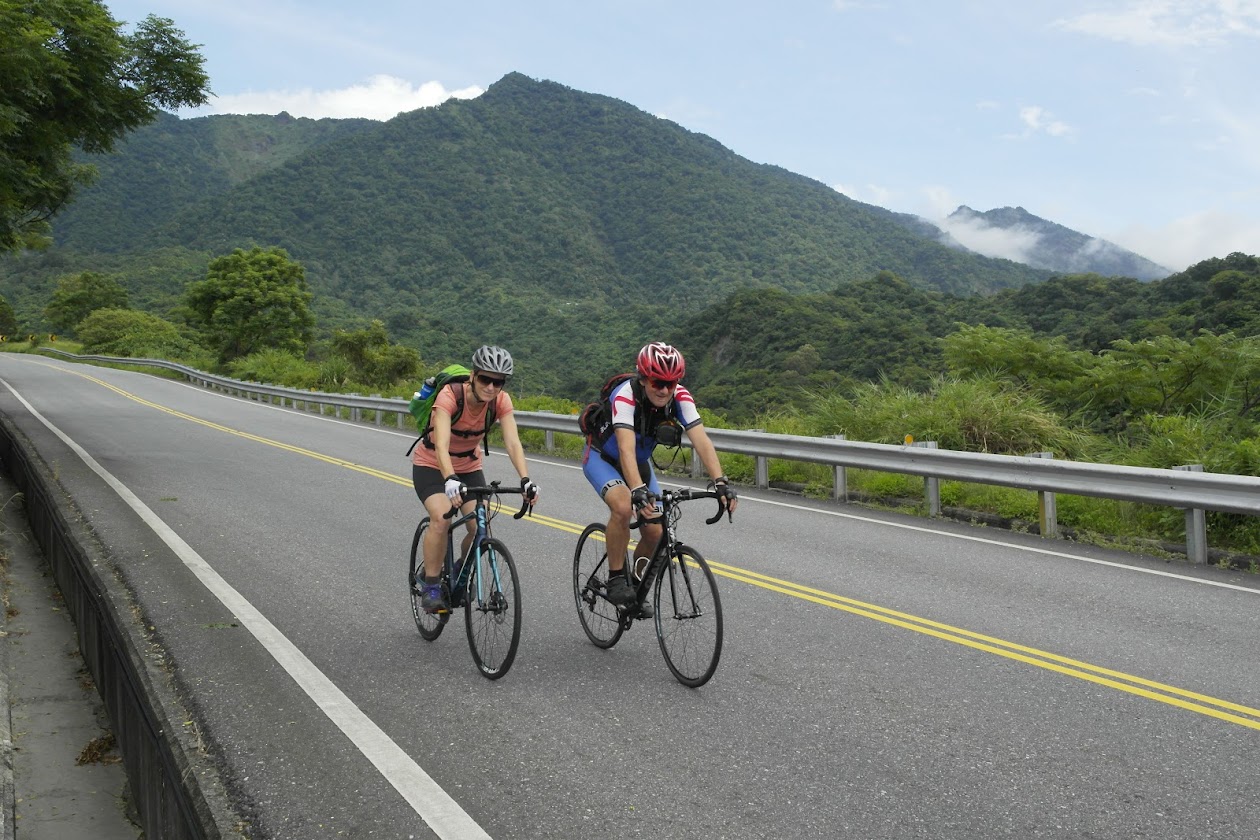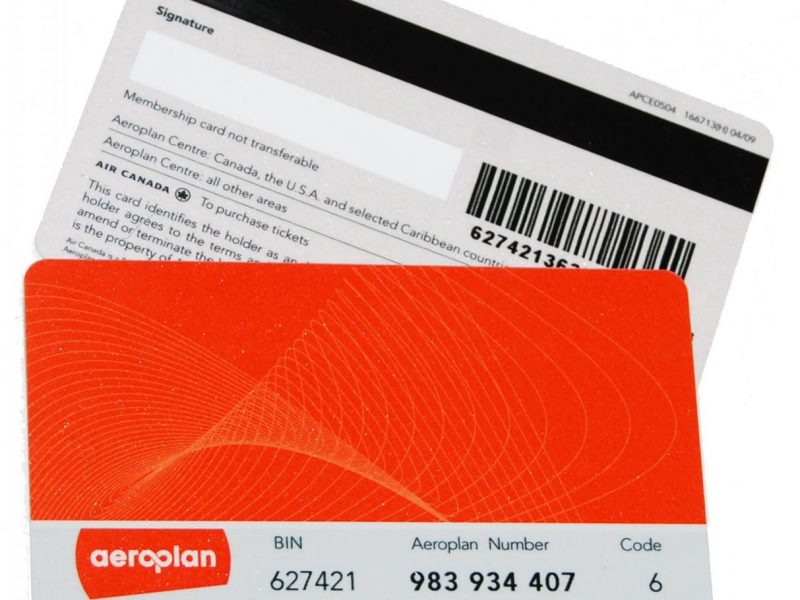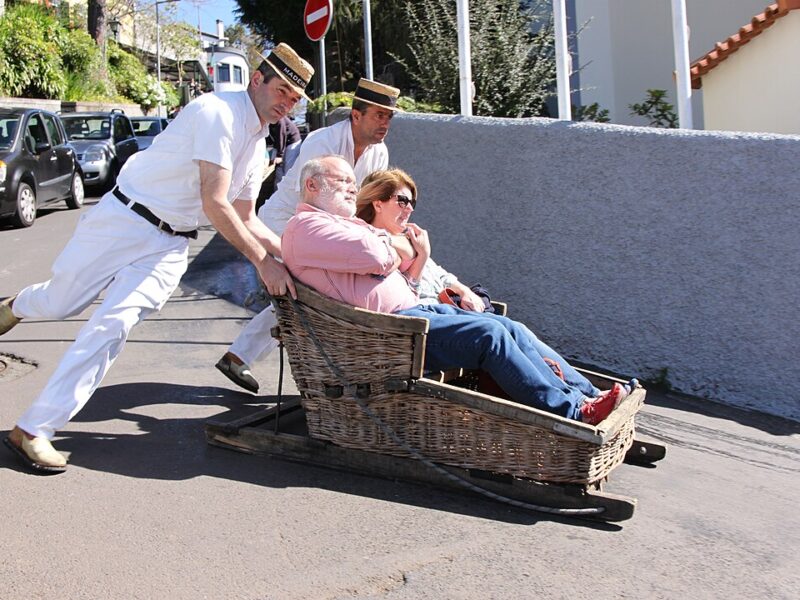After several hours of cycling the hot streets of Taipei, it was time for a break so I stepped into a 7-Eleven for something to drink.
Inside, I saw the familiar hot dog station that is a staple in 7-Eleven’s American homeland, but the drinks in the refrigerator reminded me I was in Taiwan. There were cans of grass jelly, asparagus juice, watermelon milk and a colourful display of other bottles, cans and cartons containing all sorts of beverages whose brands were a mystery to me. I played it safe and paid for a bottled water then sat down at one of the convenience store’s tables.
A young man struck up a conversation with me, excited to meet a foreign visitor who was exploring his city by bicycle. He was wearing full cycling regalia with a jersey, padded pants and biking shoes and offered me advice on what to visit while I was in Taipei. It was the first of many such encounters I would have in other 7-Elevens across Taiwan which are ubiquitous in every corner of the country and act as unofficial hangouts for the country’s many avid cyclists during their travels.
Taipei doesn’t have the history of a city like Beijing. It doesn’t have the futuristic architecture of a place like Shanghai, nor does it have the buzz of a place like Hong Kong, but spending a few hours touring its streets on the back of a bicycle revealed the city’s own special character.
I did that by using the city’s extensive U-Bike bicycle-sharing network that consists of 5,000 shared orange-and-yellow bicycles parked at more than 150 locations.
In many ways, Taipei resembles any big, modern city with its glass skyscrapers and elevated expressways filled with cars, but turn the corner and you might find yourself riding down a narrow alley where you’ll encounter a colourful Taoist shrine or stumble across a bustling outdoor market.
Taipei’s many designated bicycle paths made it easy to get around, but sometimes I had to merge into the street to mingle with cars and trucks. I was nervous, expecting the kind of traffic bedlam that is common in other Asian cities, but the boulevards were wide and drivers were used to cyclists. The nervousness quickly passed and I was able to enjoy the ride and take in the sights and sounds of the busy city as I rolled along.
When I got lost, I oriented myself with landmarks like Taipei 101 to the east, a colossal skyscraper shaped like a stalk of bamboo or the Grand Taipei Hotel to the north, one of the tallest classical Chinese buildings in the world. When I couldn’t spot those landmarks, I’d ask for directions. Everyone who helped me seemed genuinely delighted to see me enjoying myself in their home town. Taipei may fly under the radar as a tourist destination, but I discovered many of the city’s fantastic attractions on my two-wheeled tour, but the most important lesson of all was that its biggest attraction is its people.
Want to discover Taipei on your own? Here are just a few of the wonderful things you can visit while pedalling around:
Taipei 101
Until Dubai’s Burj Khalifa came along, Taipei 101 was the world’s tallest building. This half-kilometre tall tower is the city’s most prominent landmark and attracts tourists by the busload and for good reason. Ride up to the 91st floor on a super-fast elevator to get to the outdoor observatory where you are rewarded with stunning panoramic views of the city below. Don’t miss the massive weight damper, a remarkable 728-ton globe of steel that is suspended inside the tower to keep it stable in high winds.
Chiang Kai-shek Memorial Hall
One of the premiere attractions in Taipei, this sprawling complex commemorates Generalissimo Chiang Kai-shek, the former President of the Republic of China and founder of modern Taiwan. Inside the main hall is a massive statue of Chiang that is reminiscent of the Lincoln Memorial in Washington, D.C. An honour guard wearing gleaming steel helmets stands watch and there is a thrilling changing of the guard ceremony every hour. An adjacent museum tells the story of Chiang’s life. Outside you can stroll across a spacious plaza to admire the National Theatre and Concert Hall, twin performing arts buildings that were built in a traditional Chinese style.
Ximending entertainment district
Sometimes referred to as the Harajuku of Taipei, in reference to the Tokyo shopping district of that name, this bustling neighbourhood actually dates back to the 50-year period when Taiwan was controlled by Japan. Today, it is primarily a pedestrian area filled with shops, restaurants and performance venues that attract throngs of people, day and night. One landmark of note is the Red House Theatre, a more than 100-year-old building from the Japanese era that today houses several local artisans selling cutting-edge creations.
Shilin Night Market
Every Taiwanese city boasts a night market and Taipei has several of them with Shilin being the biggest and most famous. When the sun goes down, the neon lights go on and the market comes to life. It is a dizzying warren of stalls selling electronics, fashion, food and just about anything you can imagine. Bring your appetite so you can fill up on an amazing menu of Taiwanese specialities at the various restaurant stalls. You may not know the names of half of the dishes you eat, but you can be sure they are all delicious, although the stinky tofu isn’t for everyone.
Xia Hai temple
Ornate and colourful Taoist temples are abundant in Taipei. Festooned with intricate carvings, these red and gold buildings range from gargantuan structures to tiny outposts hidden away in alleys and side streets. Follow the smell of incense and you’ll find one. An example worth seeking out, especially if you are single, is the Xia Hai temple, where it is said that prayers to the house deity will help you find the perfect romantic partner.
Taiwan is a destination with much to offer, including these 10 offbeat experiences
Read MoreLongshan Riverside Park
Cycling in Taipei is remarkably civilized. The city is crisscrossed with wide boulevards that leave plenty of room for bikes and drivers don’t seem to mind sharing the road with cyclists. Despite the civility, it’s still nice to cycle on a dedicated bike path without having to worry about getting hit by a bus. The recreational paths that follow the city’s many parks that meander along the Tamsui River are a pleasant way to discover Taipei’s quieter side.
Cycling beyond Taipei
Cycling is something of a national obsession in Taiwan, so much so that Giant, the world’s largest bicycle manufacturer, is headquartered there. Dedicated bicycle paths are plentiful throughout the country and for many Taiwanese, cycling all 968 kilometres around the entire island along Cycling Route No. 1 is on top of their bucket lists. Many foreign visitors enjoy biking that route which can usually be completed in two weeks or less. The slow pace of two-wheeled travel is certainly one of the better ways to discover all that Taiwan has to offer.
Sample Taiwan’s food scene
In Taiwan, food and history are closely entwined. Before the Chinese arrived, the island once known as Formosa was inhabited by several Indigenous tribes. Descendants of these Austronesian people still live on the island as a tiny minority struggling to protect their culture and a big part of that effort is keeping the traditions of the foods they eat.
Many of the Indigenous inhabitants live in Taiwan’s rugged mountainous areas, but a sizable portion have migrated to the cities, including Taipei. Some of them operate restaurants which serve Indigenous dishes that are typically cooked by steaming, roasting or grilling, which is different from the more common Chinese cooking styles of stir-frying or stewing. Typical dishes are rice steamed in bamboo, meat dumplings packed in banana leaves and grilled meats. Visitors should definitely sample some of this style of cooking to get a true taste of Taiwan.
For 50 years, Taiwan was also a Japanese territory after it was ceded to them by the Chinese at the end of the Sino-Japanese War in 1895. That occupation lasted until the end of the Second World War, but it was enough time for the local population to acquire some of the tastes and cooking styles of Japan with things like tempura and sushi remaining popular today. Considering Taiwan is an island, seafood is plentiful and the sushi is top-notch, but there are definitely many traditional Chinese dishes that feature fish and seafood that are worth seeking out.
After the Second World War, China descended into a civil war of its own with the communists and nationalists vying for control of the country. In the end, the communists won and more than two million nationalists fled to Taiwan. The newcomers mostly came from southern provinces like Fujian, but there were refugees from every corner of China and they all brought their many cooking traditions with them.
Today, that blend of cooking styles from different cultures has created a cuisine that is an exciting fusion of tastes and colours. Visitors who love food will get delirious sampling the many dishes served on Taiwanese tables; things like bubble tea, a Taiwanese invention of milk tea with tapioca pearls, spicy hotpot or the night-market staple of stinky tofu.
Where to Stay:
Grand Hyatt Taipei (2, SongShou Road, Taipei City)
Centrally located within the shadow of Taipei 101 and adjacent to the Taipei World Trade Center and Taipei International Convention Center, this magnificent 5-star hotel is the perfect place for business and leisure travellers. The rooms are spacious, the amenities are luxurious and the service is perfect. Two subway stations are within walking distance of the hotel, making it a breeze to explore the city. If you prefer to get about on two wheels, there are also several U-Bike stations nearby. Prices start at $310 per night.
Where to Eat:
Din Tai Fung (B1, No. 45, Shifu Rd., Taipei City)
Famous for its soup dumplings, or xiao long bao, this Taiwanese institution originated in Taipei and has since opened outposts around the world. Its Hong Kong restaurant was even awarded one Michelin star. They have three locations in Taipei, including the original on Xinyi Road, but the one most popular with tourists is in the basement of Taipei 101. While the soup dumplings, each with precisely 18 folds and stuffed with pork, chicken or seafood, are the star of the menu, there is no shortage of steamed goodness to enjoy here. Prices are moderate compared to other Taipei restaurants.
What to Do:
Exploring the city by bike in the evening is an entirely different experience than doing it in the daylight so consider taking a private, two-hour night tour with an experienced guide. He or she who will take you to some of the city’s most interesting sights and teach you about its history and culture as you peddle. You’ll most definitely get to refuel along the way with xiaochi which are sizeable snacks common in the night markets for which Taiwan and Taipei are famous. Prices start at $TK per person.
If you go:
Taipei tourism
https://www.travel.taipei/en/
U-Bike
https://taipei.youbike.com.tw
EVA Air
http://www.evaair.com
- This story was originally published in the June 2017 issue of Bold Magazine. The author was the guest of the Taiwan Tourism Bureau which did not view or approve this article before publication.


